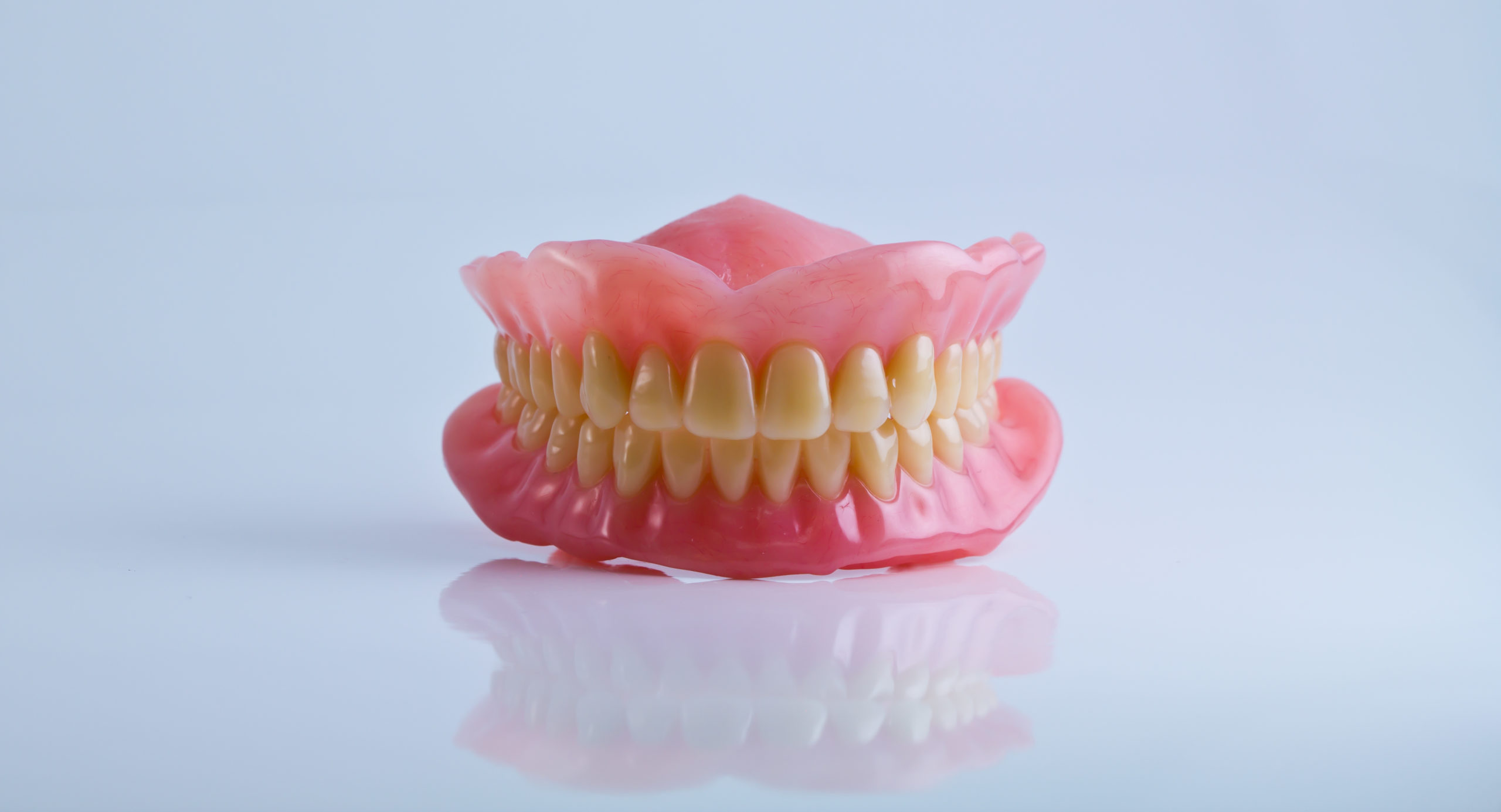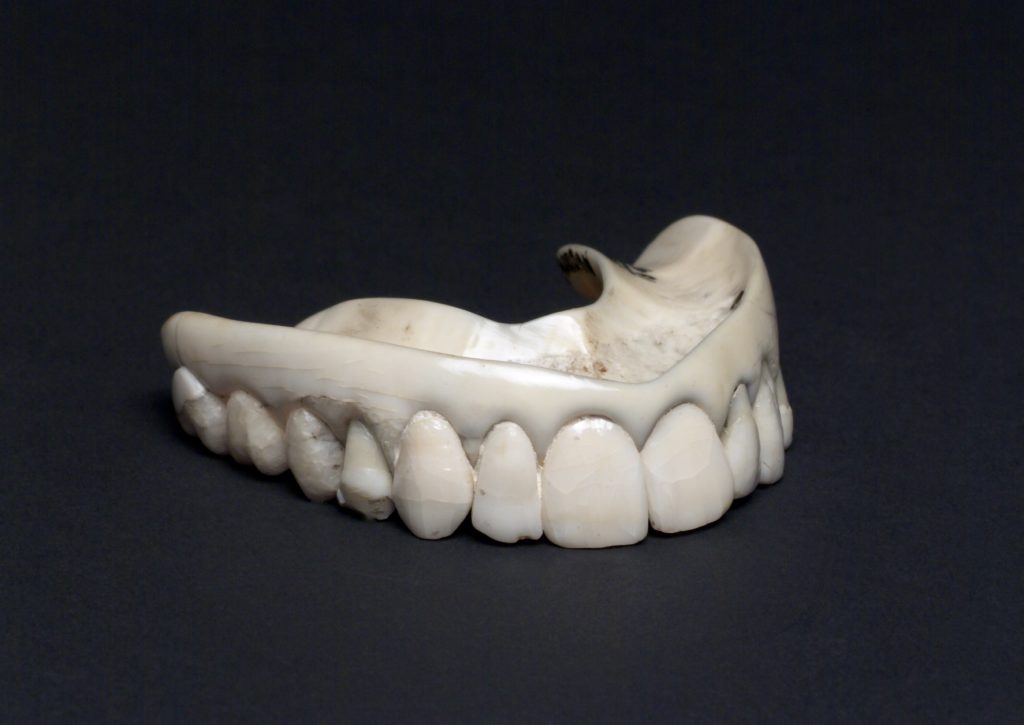Design Through Time
False Teeth

In ancient times most people had good teeth considering they didn’t have toothbrushes and paste, let alone regular dental check-ups. In the early 1800’s refined sugar became cheaper due to the trans-Atlantic slave trade, enough that everyone could afford some sugar regularly. This led to widespread tooth decay especially in the rich who couldn’t get enough sugar. Dentists started appearing everywhere, although most of them were apothecaries who offered to clean or extract teeth.
Designing a set of practical false teeth in these times was not an easy task. In the early 1800’s most false teeth were made of ivory from hippopotamus or elephant. In Dundee ours would be made from walrus tusks, as the whalers would bring back walrus in their hauls. Ivory was still expensive and the design of the teeth difficult, they would also wear down faster.
Much cheaper and easier, was to use actual teeth taken from other people – both the living and the dead. The rise in tooth rot and extraction coincided with the rise in bodysnatching. Bodies were stolen from their graves to sell to doctors for dissection, but they’d make some extra cash by also pulling out the teeth and selling them separately.
Teeth were also taken from dead soldiers, the most famous of these were known as ‘Waterloo Teeth’. These sets of dentures were made from the dead at the battle of Waterloo in 1815, where over 50,000 soldiers died. Their teeth were said to be of the best of both armies, from young healthy men and fetched a good price so scavengers travelled to the battlefield just to take the teeth from the fallen men. Waterloo Teeth dentures were available for sale from dentists for over 60 years.
There are adverts in early newspapers in the 1790’s for dentists visiting Dundee, advertising cleaning, and setting of teeth. Even the ivory baseplate for a full false set was too expensive for some and they would have teeth (real or artificial) simply inserted into the gums for as long as they would last, sometime up to a few years depending on whether they would give up sugar.

Words and research by Dark Dundee